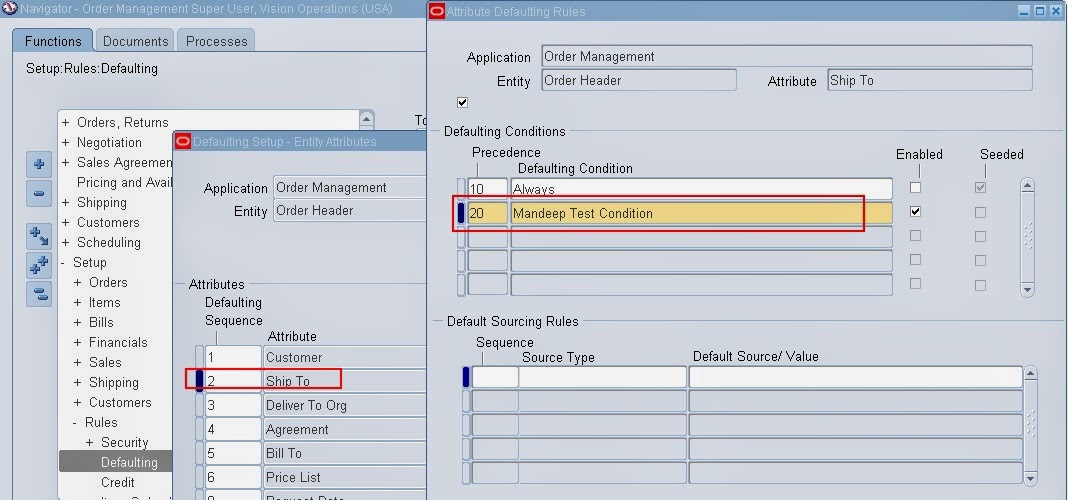How to Launch Change Organization form before Running the Request/Reports
Sometime it happens we directly run a request going in Requests without selecting any Organization (not through View>requests but in the Menu> Request form). This request either error out or give you an error before running to select a org parameters
The issue occurs because report parameters has an organization id parameter but its not displayed and it refer PO: MFG Organization ID profile option.
Lets take an example of "Item Statuses Report" of inventory
When you try to run this report you will find that its giving an error to select a org before running it.
Now if you run same report after selecting an Org from change org form you will not get any error
This is happening because providing Organization is mandatory before running such reports. If you check concurrent program's parameter, you will find that Organization is a required parameter but its not displayed.
One solution is to make it displayed and you need to find out and perform same action for all the other similar reports.
Second solution is whenever we run the requests Change Organization form automatically displayed and ask us to select an Org.
To achieve the same, we need to assign parameter USE_ORG="Y" to function assigned to report submission
Please follow below steps
Step 1) Navigate to sysadmin and query for the responsibility from which you are submitting the report
Note down the MENU name : INV_NAVIGATE
Step 2) Now navigate to Application>Menu and query for above Menu name
Note down the Function name : View All Concurrent Requests for Inventory
Step 3) Navigate to Application> Functions and query for above function
In the Form Tab, in Parameters add USE_ORG="Y"
Save your work
Now whenever you run the request from Inventory>Requests it will first pop up the change organization window and you will not face the problem while running the requests.
Thanks
Mandeep
Sometime it happens we directly run a request going in Requests without selecting any Organization (not through View>requests but in the Menu> Request form). This request either error out or give you an error before running to select a org parameters
The issue occurs because report parameters has an organization id parameter but its not displayed and it refer PO: MFG Organization ID profile option.
Lets take an example of "Item Statuses Report" of inventory
When you try to run this report you will find that its giving an error to select a org before running it.
Now if you run same report after selecting an Org from change org form you will not get any error
This is happening because providing Organization is mandatory before running such reports. If you check concurrent program's parameter, you will find that Organization is a required parameter but its not displayed.
One solution is to make it displayed and you need to find out and perform same action for all the other similar reports.
Second solution is whenever we run the requests Change Organization form automatically displayed and ask us to select an Org.
To achieve the same, we need to assign parameter USE_ORG="Y" to function assigned to report submission
Please follow below steps
Step 1) Navigate to sysadmin and query for the responsibility from which you are submitting the report
Note down the MENU name : INV_NAVIGATE
Step 2) Now navigate to Application>Menu and query for above Menu name
Note down the Function name : View All Concurrent Requests for Inventory
Step 3) Navigate to Application> Functions and query for above function
In the Form Tab, in Parameters add USE_ORG="Y"
Save your work
Now whenever you run the request from Inventory>Requests it will first pop up the change organization window and you will not face the problem while running the requests.
Thanks
Mandeep












































